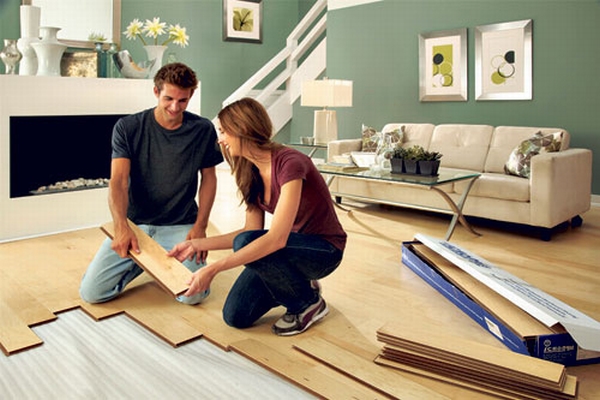As property prices continue to increase, more and more Australians are turning to home renovations. Not only is this used as an alternative to moving, but homeowners are also tapping into the added value of their property to service additional borrowings that will allow them to improve or extend their homes.
Since your average home renovation project can improve the value of your home by 40%, it’s no wonder that this option has become so appealing to homeowners. Of course, even with rising house prices, it’s not always easy to finance such a project. We take a look at various ways you can keep costs down on a home renovation.
Set A Realistic Budget
When undertaking a renovation, it’s very easy to spend over your initial budget. That’s why it’s so important to do proper planning and come up with a realistic estimate. The three key costs you will have are materials, design, and labour, so you want to budget carefully for each one. Online budget calculators will help you plan and give you a rough estimate of your costs.
When you think you’ve got a final budget in mind, add an extra 10% to 20% on top. This little bit extra will serve as your backup plan, so you always have some money to fall back on in case an unexpected bill comes up. The last thing you want is to end up with a half-finished project because you ran out of money.
Here are ways you can save on your key expenditures:
Materials: When it comes to choosing your materials, avoid those that are made to order. Instead, opt for products that are readily available and source them directly when possible. Buying remnant, discontinued or overstocked materials can further help you lower your costs.
Design: You don’t always have to hire a professional, as many home-improvement stores offer a free consultation if you purchase materials from their store, so keep this option in mind. Try to maintain a simple design, with standard-size doors and windows, and off-the-shelf products in mind.
Labour: One way to substantially reduce the cost of your renovation is to undertake some of the work yourself. While you will need to leave some of the work to a professional, such as connecting gas appliances, you may be able to take on some of the minor work yourself.
Keep Big Changes to a Minimum
The kitchen and bathroom are the two most commonly renovated rooms in the home. While it may be tempting to make significant changes, you don’t have to go big to transform your space. The average cost of a kitchen renovation is $20,000 to $45,000 and for a bathroom renovation, you are looking at an average of $15,000 to $20,000. Luckily, there are several ways you can lower your costs.
To keep costs to a minimum, avoid making extensive changes to the structure, plumbing, and electricals. These types of changes are very costly, so if you can, keep the fundamental layout of the room. Opt for prefabricated kitchens, rather than getting them custom built, as custom pieces can cost as much as 60% to 80% more than the stock variety.
Less invasive refurbishments, such as painting and tiling, can make a big difference while keeping the costs down. For your bathroom, look out for bargains on tiles to really up the luxe factor on your renovation, without spending a fortune. Opting for neutral tones and timeless colour palettes means your decorating won’t look outdated anytime soon, and it will also help when it comes to resale.
Make a List of Priorities
The size and scope of your renovation will have a significant effect on your expenditure. Before you start the project, make a list of all your must-haves and nice-to-haves. You’ll find that this list will come in handy during the planning stages, as you review the scope of your project.
You should prioritise upgrades that you will directly benefit from, such as double-paned windows or energy-efficient appliances. These types of improvements will lower your monthly bills and pay for themselves eventually. If you’ve got a list of priorities to hand, then it will make it much easier to decide what you can scrap, and what you need to keep.





